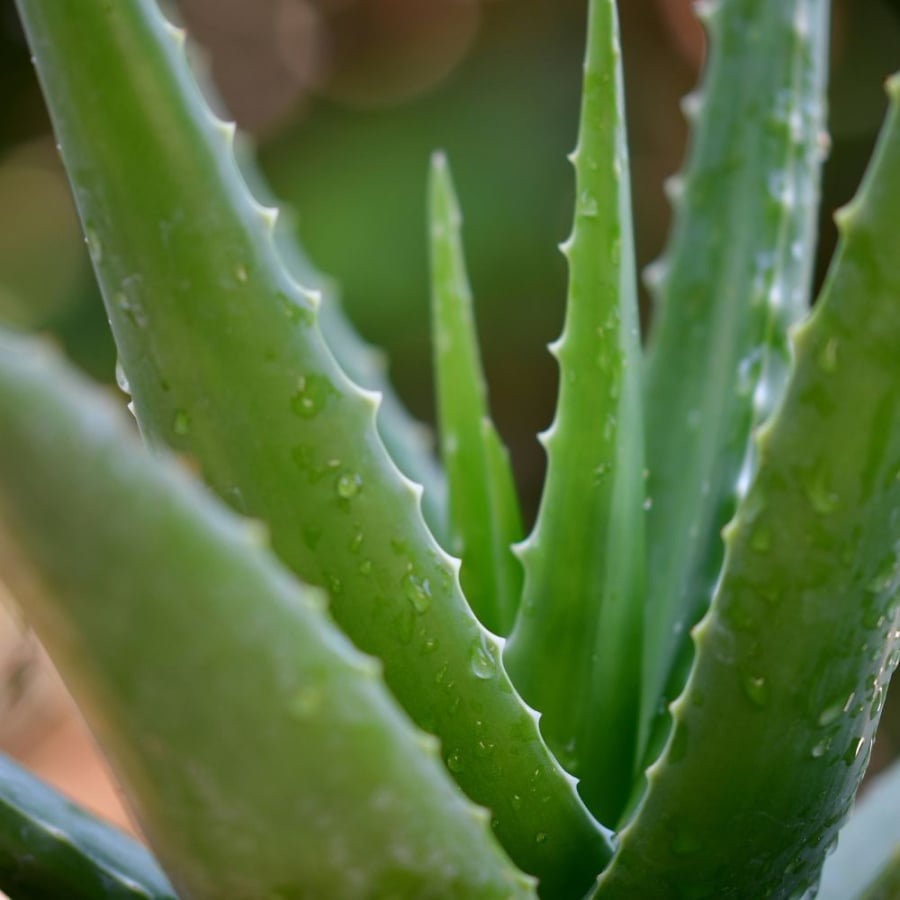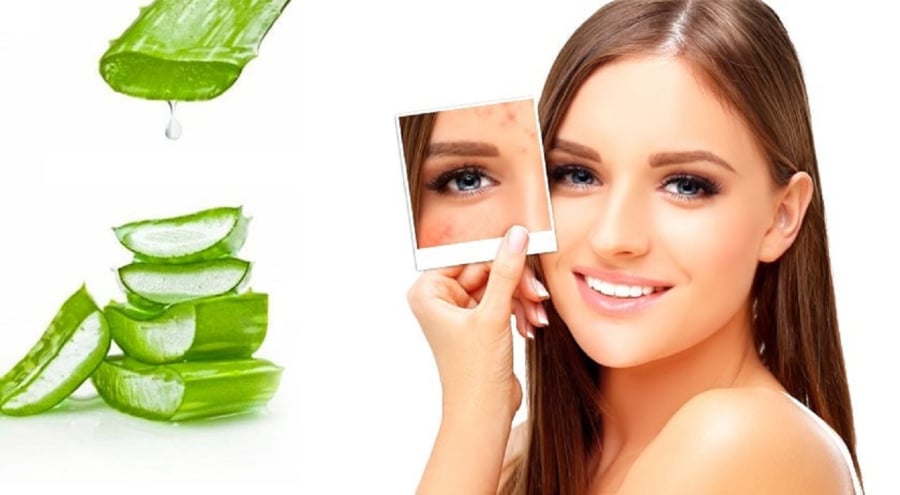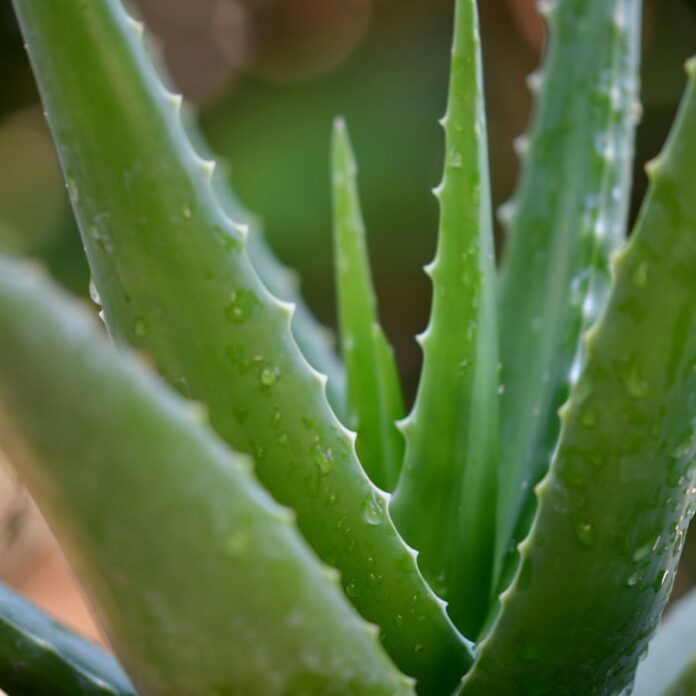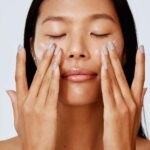Aloe vera has long been renowned for its soothing and healing properties, offering relief from sunburn and supporting the skin’s recovery from UV damage. Yet, this natural ingredient is also a potent remedy for acne-prone skin. Thanks to its antibacterial, anti-inflammatory, and deeply moisturizing properties, aloe vera emerges as a trusted skincare secret, especially beneficial for sensitive skin types.

Aloe Vera: A Trusted Skincare Ally
## Unlocking Aloe Vera’s Skincare Benefits:
**Calming and Anti-Inflammatory Action:**
Aloe vera is rich in water content and nourishing substances, offering a calming sensation to sensitive skin. When applied to irritated or inflamed skin, it provides a cooling effect and helps reduce redness. Regular use of aloe vera also strengthens the skin’s protective barrier, minimizing environmental damage.
**Brightening and Fade Dark Spots:**
Packed with vitamins C and E, aloe vera boosts skin regeneration, fades dark spots, and enhances natural radiance. The natural enzymes in aloe vera also aid in exfoliating dead skin cells, resulting in a brighter and smoother complexion.
**Anti-Aging Properties:**
Aloe vera is abundant in vitamins, zinc, and beta-carotene, which stimulate collagen production and maintain skin elasticity. The frequent use of aloe vera gel helps hydrate the skin, preventing dehydration—one of the primary causes of premature aging and wrinkle formation.
**Oil Control and Acne Treatment:**
With its antibacterial and anti-inflammatory attributes, aloe vera effectively combats acne. The presence of salicylic acid in aloe vera soothes inflamed acne, while polysaccharides and enzymes regulate excess oil, preventing pore congestion. This helps keep the skin clear and reduces the likelihood of new acne lesions.

Aloe Vera’s Potent Anti-Acne Action
## Incorporating Aloe Vera into Your Acne-Fighting Routine:
**Pure Aloe Vera:**
Fresh aloe vera is a simple and effective way to calm acne and restore skin health.
**How to:**
1. Remove the outer green layer and extract the clear gel.
2. Blend or juice the gel to create a smooth consistency.
3. Gently apply it to acne-prone or irritated skin.
4. Leave it on for about 15 minutes, then rinse with water.
For sensitive skin, perform a patch test first. If you’re short on time, opt for pure aloe vera gel from reputable brands, choosing products with over 90% aloe content and free from alcohol or fragrances to prevent irritation.
**Aloe Vera and Turmeric Blend:**
Aloe vera, when combined with turmeric powder, creates a powerful anti-inflammatory and skin-soothing formula. Aloe vera provides moisture and supports cell regeneration, while turmeric, rich in curcumin, is a potent antioxidant that helps fade scars, prevent acne marks, and even out skin tone.
**How to:**
1. Peel the outer layer of the aloe vera leaf and extract the clear gel.
2. Blend or finely chop the gel.
3. Mix it with a teaspoon of turmeric powder.
4. Gently apply the mixture to your skin and relax for 10-15 minutes.
5. Rinse thoroughly with warm water. For optimal results, repeat this process 1-2 times a week.
“Anti-Aging Skin Care: A Guide to Taking Action at Every Age”
Retinol and peptides are two powerhouse ingredients that skincare experts highly recommend for their anti-aging properties. These active ingredients are your skin’s best friends when it comes to combating the signs of aging and are especially effective when introduced into your skincare routine in your 30s.
The Ultimate Guide to Smooth Out Crow’s Feet: Reclaim Your Youthful Radiance
“Those pesky crow’s feet, or eye wrinkles as some may call them, are one of the most noticeable signs of aging on the face. They start to appear subtly, but soon enough, they can make you look older than you feel. But fear not! There are ways to tackle these fine lines and keep your eyes looking youthful and vibrant.”
6 Retinol Mistakes You’re Probably Making and How to Fix Them for Optimal Results
Retinol is a powerhouse ingredient in the skincare world, but it’s important to introduce it to your routine gradually. Start by applying it a few nights a week and then slowly increase the frequency as your skin becomes accustomed to it. This slow-and-steady approach allows your skin to reap the benefits of retinol while minimizing potential irritation.








































